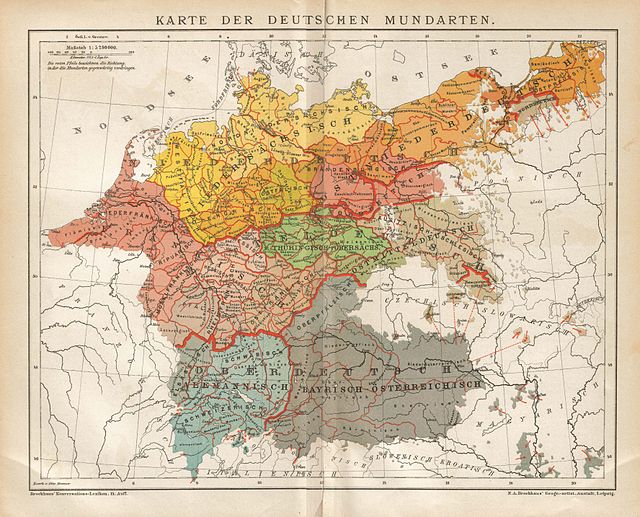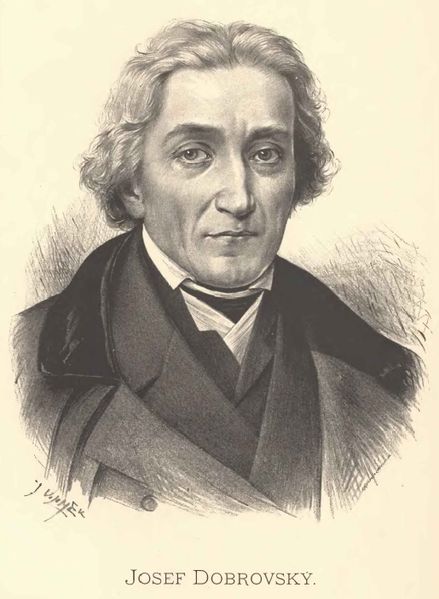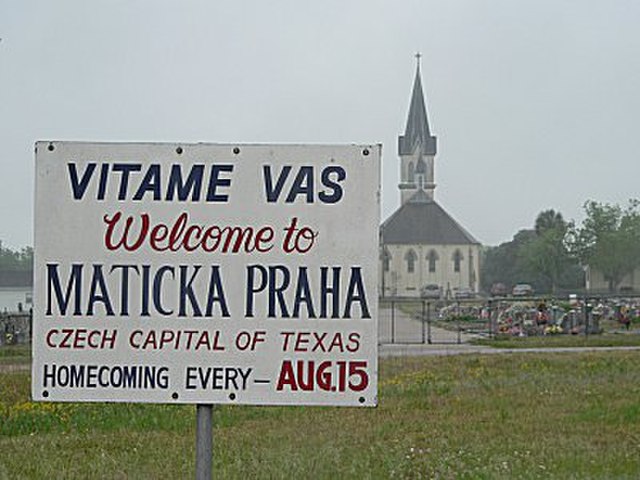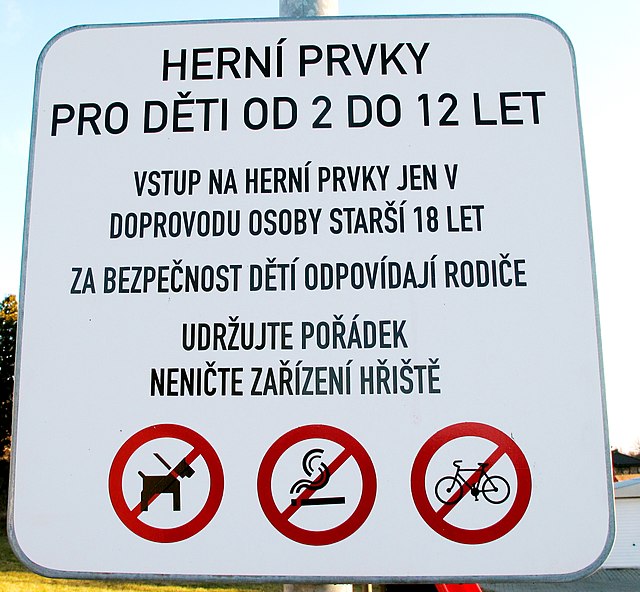German Bohemians, later known as Sudeten Germans, were ethnic Germans living in the Czech lands of the Bohemian Crown, which later became an integral part of Czechoslovakia. Before 1945, over three million German Bohemians constituted about 23% of the population of the whole country and about 29.5% of the population of Bohemia and Moravia. Ethnic Germans migrated into the Kingdom of Bohemia, an electoral territory of the Holy Roman Empire, from the 11th century, mostly in the border regions of what was later called the "Sudetenland", which was named after the Sudeten Mountains.
Der Ackermann aus Böhmen, 15th-century manuscript, Heidelberg University
German dialects with overlaps to Sudeten
Sudeten German Freikorps
Neville Chamberlain (left) and Adolf Hitler leave the Bad Godesberg meeting on 23 September 1938.
Czech, historically also known as Bohemian, is a West Slavic language of the Czech–Slovak group, written in Latin script. Spoken by over 10 million people, it serves as the official language of the Czech Republic. Czech is closely related to Slovak, to the point of high mutual intelligibility, as well as to Polish to a lesser degree. Czech is a fusional language with a rich system of morphology and relatively flexible word order. Its vocabulary has been extensively influenced by Latin and German.
The Bible of Kralice was the first complete translation of the Bible into the Czech language from the original languages. Its six volumes were first published between 1579 and 1593.
Josef Dobrovský, whose writing played a key role in reviving Czech as a written language
Praha, Texas
A Czech-language sign at the entrance to a children's playground








